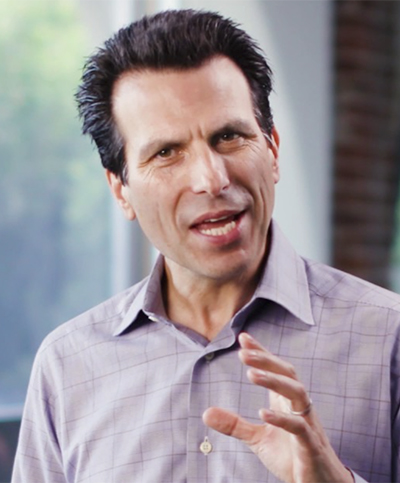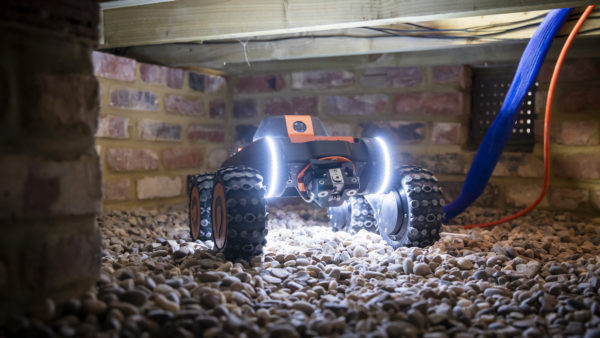Industry leaders across manufacturing, construction, architecture, design and entertainment attending last week’s Autodesk University London conference heard Autodesk CEO, Andrew Anagnost, discuss how the convergence of manufacturing, construction and production industries with automation technologies like AI and robotics is redefining the future of making things.
Anagnost painted a positive picture of automation’s coming impact, so long as governments and business leaders help workforces evolve and adapt to new ways of working.
He said: “Business models will continue to be disrupted by automation so we do need to prepare.
“We’ve been talking for 50 years about robots taking over our jobs. In fact, automation has increased jobs, but often they’re new jobs and new types of jobs created by automation. The debate should not be about automation taking jobs, it should be about where automation can take us.”
Pointing to increasing global pressures on resources, he suggested it is only through embracing automation that we can overcome future challenges.
“We have to face up to the fact that by 2050 there will be two billion more people on the planet – we have to build 1,000 more buildings a day for the next 32 years to house them.
“Our current manufacturing capacity will not be enough to cope with the increasing demands for the new cars, homes and consumer products. Our infrastructure is already inadequate for the current population. There is not enough money or political will to make the investments.
“Automation can help us solve these problems. It will allow us to make more things, make them better, and with less negative impact on the world. By investing in automation technology, we can address the impact of automation.”
Anagnost said governments have a crucial role to play in helping create resilience across their economies. He said: “We’ve just submitted a manifesto to the British government urging them to champion causes that the manufacturing community cares about. We want to make sure automation is viewed positively by governments, so they take the right steps to building in resilience.”
He explained how Autodesk has been working to get BIM standards integrated into the design process. “We’re working towards a fundamental change in the eco system for building. It will lubricate BIM’s velocity and help make BIM more pervasive and drive more of the skills we want.”
To accelerate the process, Autodesk is making its technology as available to people as possible through Forge, the company’s cloud-based platform for developers of cloud-based applications related to design and manufacturing.
“This allows anyone to customise their own automation and build their own automated micro economy. RIBA has recently used Forge to digitise mountains of paperwork and make it available in the cloud – it’s literally bringing the building community together in the cloud.”
Picking up the theme, Jaimie Johnston, director and head of global systems at the integrated design and engineering consultancy Bryden Wood, discussed what he called “industrialised construction” as the increasing convergence of manufacturing and construction takes place.
He described Bryden Wood’s involvement with Laing O’Rourke on Crossrail, where they were able to use automation to reduce the weight of materials by 60% and vastly reduce the number of components. Segments were manufactured so accurately that they needed no local adjustment on site.
Johnston said: “It involved new ways of working, and we had to get teams of people talking much more to each other. It’s more manufacturing than construction – a fundamental shift in the way we do things. And the skills required are very different to traditional construction skills, so the workforce has to evolve and adapt.
He added: “Adopting ‘manufacture and assembly’ rather than ‘construction’ is how we’ll create a highly diverse, upskilled workforce and tackle the endemic issues of low productivity and the skills gap.
“It’s how we’ll do more with less, vastly increasing the bandwidth of the existing design communities to keep pace with infrastructure needs of the UK and beyond. And it’s how we’ll create an industry that finally moves construction towards manufacturing, with all the benefits this would bring in providing more and better infrastructure.”

Our current manufacturing capacity will not be enough to cope with the increasing demands for the new cars, homes and consumer products. Our infrastructure is already inadequate for the current population. Automation can help us solve these problems.– Andrew Anagnost, CEO, Autodesk












